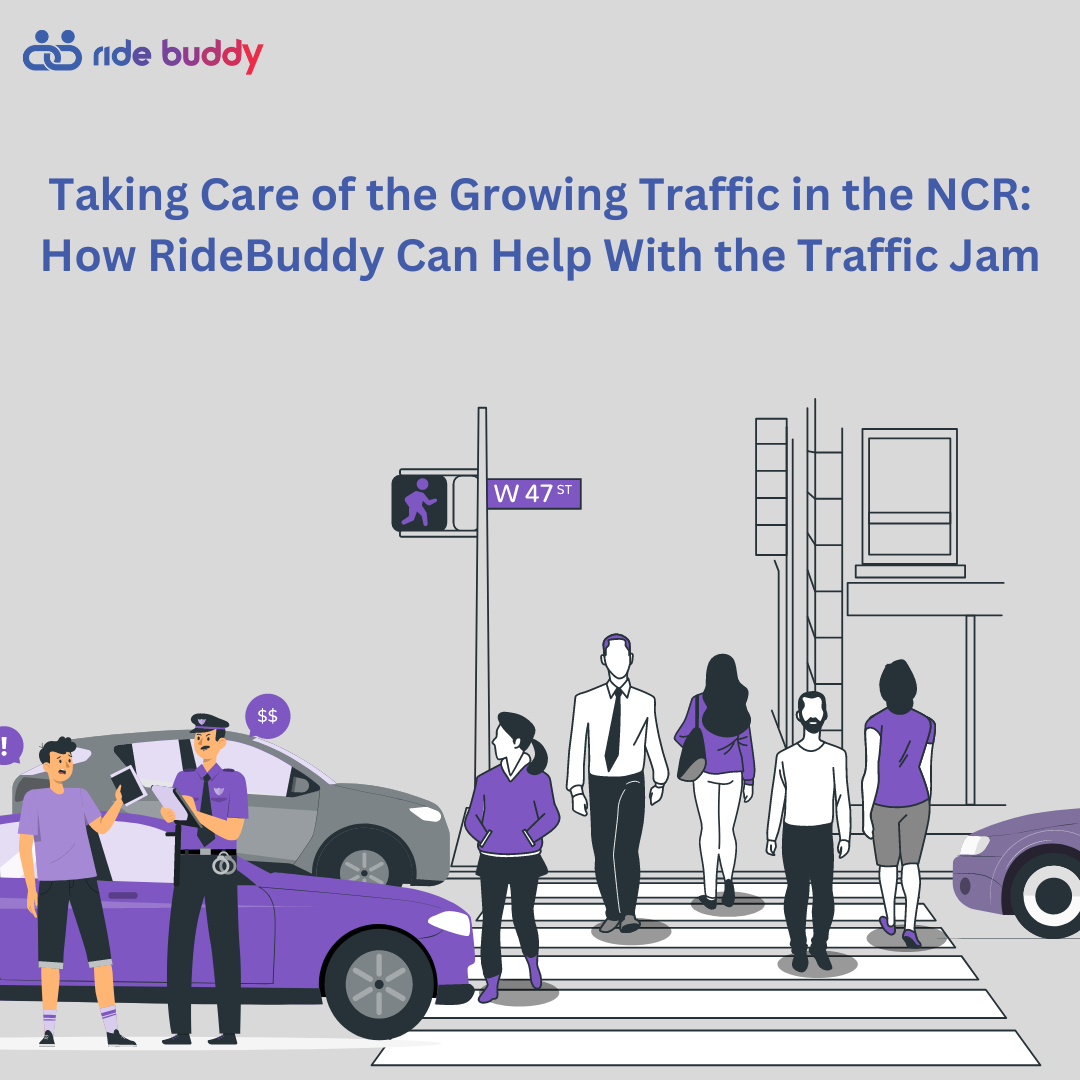
Introduction
The National Capital Region (NCR) is facing significant traffic challenges due to the increasing number of vehicles, longer commute times, and adverse environmental impacts. Addressing traffic congestion is crucial, as it can lead to socio-economic consequences such as reduced productivity, increased pollution, and greater stress on public infrastructure.
Causes of Traffic Increase in NCR
Population Growth: Discuss the rapid population increase in the NCR and its impact on traffic.
Urbanization: Explain how expanding urban areas lead to higher vehicle usage.
Inadequate Public Transport: Point out the limitations of the existing public transport system and how it fails to meet the demand.
Infrastructure Challenges: Describe how road conditions and infrastructure development have not kept pace with the growing number of vehicles.
Consequences of Traffic Congestion
Economic Costs: Calculate the financial impact of traffic jams, including fuel wastage and lost work hours.
Environmental Impact: Explain the increase in carbon emissions and air pollution.
Health Issues: Discuss the physical and mental health problems associated with long hours in traffic.
Quality of Life: Reflect on how traffic affects daily life, including time with family and overall well-being.
Introduction to RideBuddy
What is RideBuddy?: Provide a brief overview of the RideBuddy app, its features, and how it works.
Mission and Vision: Explain RideBuddy’s goal to reduce traffic congestion and promote sustainable transportation.
How RideBuddy Can Reduce Traffic Jams
- Carpooling and Ride-Sharing: Describe how RideBuddy facilitates carpooling among commuters, reducing the number of vehicles on the road.
- Optimized Routes: Explain how RideBuddy’s algorithms help users find the fastest and most efficient routes, avoiding traffic hotspots.
- Reduced Parking Demand: Discuss the impact of fewer cars needing parking spaces in crowded urban areas.
- Environmental Benefits: Highlight the reduction in carbon footprint due to fewer cars on the road.
- Cost Savings: Show how users can save on fuel and vehicle maintenance costs by sharing rides.
Success Stories and Case Studies
Examples from Other Cities: Provide examples of cities where similar ride-sharing solutions have successfully reduced traffic congestion.
User Testimonials: Include testimonials from RideBuddy users who have benefited from the app.
Future Prospects and Expansion
Technological Advancements: Discuss upcoming features or technological improvements planned for RideBuddy.
Potential for Growth: Explore how RideBuddy could expand its services to cover more areas or introduce new features to enhance user experience.
Final sentence
RideBuddy is a practical solution to address traffic issues in the NCR, encouraging readers to adopt ride-sharing habits and download the app for a more sustainable commute, making it both relevant and actionable.
